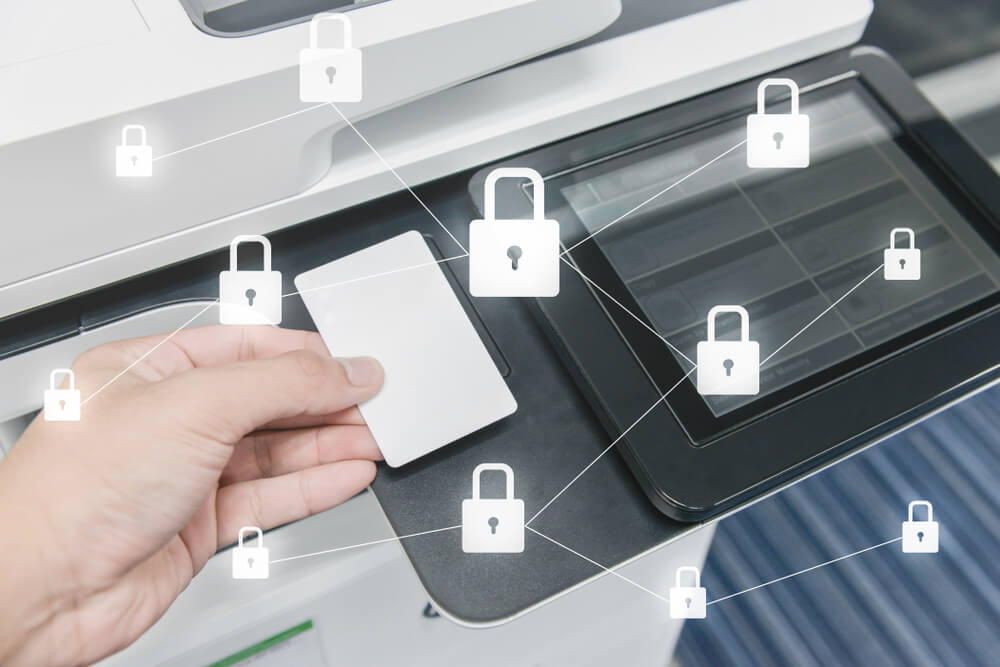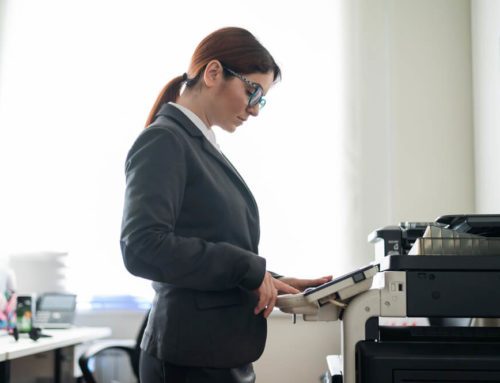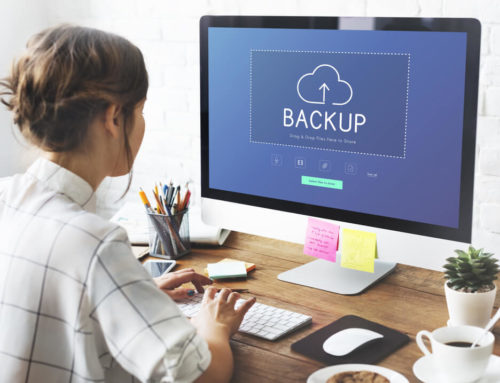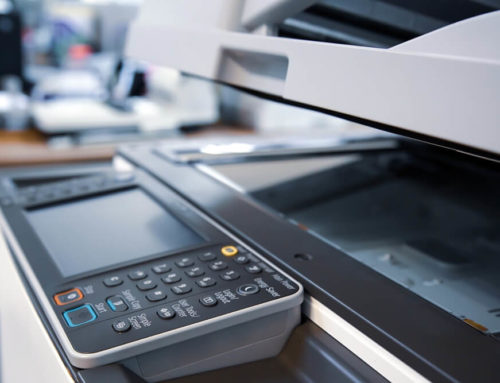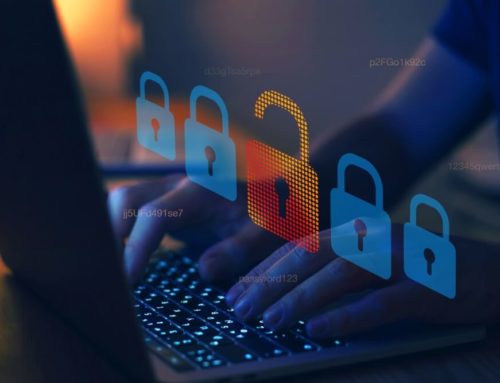Digital work is essential in government offices today, but they still have a great need for printers. Some agencies have a dozen set up on their network while others have hundreds or even thousands of these devices. These aren’t just any government office supplies. Today, printers are multifunctional and capable of communicating information in both directions.
When it comes to data security, government printers can be one of the biggest vulnerabilities on a network. Largely, this is due to an underestimation of how big a threat this actually is in cyber security.
Recognizing the Importance of Cyber Security With Printers
The first issue with securing printers on a government network is recognizing that there is a threat. Government printers are now multifunctional devices. They connect to a network and access information. While an IT professional doesn’t generally need someone to ask, “Why is security important?” they may need to hear the question, “Why is security important on a printer?”
People often think of printers as single-function devices that receive a message, print it on paper, and that’s it. Today, printers are sending information back and forth across a network. This means that they have a lot of great functionality that makes them work well in an office. It also means that they have capabilities ripe for hackers to exploit when they’re unsecured.
For an example of why network printer security is important, consider the types of documents printed. Often, these are contracts or other highly sensitive forms of information submitted to other government agencies on paper. That information is all going through a printer that could have malware on it.
To prove just how many unsecured government printers there are in the world today and how easy it is to access them, security experts at CyberNews did an experiment. They successfully hijacked 28,000 printers and made them all print a five-page document. While they used their ability to do something fairly harmless, the experiment shows how easy it was for them to take over that many devices. Because so few offices are looking at the security of their printers, hackers know this is the easiest way into a network.
When a system network administrator for a government office creates a network printer security plan that doesn’t include printers, they aren’t purposely ignoring them; it just hasn’t become standard to include that in a cyber security plan yet. Today, offices need to catch up to the threats before malware, ransomware, or other issues get there first.

How to Secure Printer Networks
On a beautifully configured network, network printer security becomes automated, and compliance to security standards, policies, and protocols is systemically handled. Today, cyber security technicians face the task of finding the best ways to automate and optimize security compliance for all government office supplies and devices, including printers. The options they choose need to work well with the other devices on the network and use trusted and proven methods. These must be staying up-to-date with cyber security standards.
What issues do these network printer security practices need to address in order to properly secure printers on a network? The first step is to figure out where you are. How many printers are on your network? What capabilities do they have? Do your printers have hard drives? What access rights do they have?
Who in your office is using these devices? Currently, are users authenticated, or can anyone use them? Are there different access rights for simply printing versus accessing data stored on your devices?
What are the staff using your printers for? Are they printing confidential documents? Are they utilizing any of the other functions on these devices?
Are there currently any measures at all in place to protect the government printers? There may be some security installed that isn’t enough, or there may not be anything at all. Start by assessing the risks, and build from there.
How to Secure Printer Data on a Government Network
Securing a single printer for a home or business is not like securing printers on a network in a government building. For a home printer, it would be efficient to limit network-wide printing capabilities, install a firewall on the network, update your firmware on the device, and change the default password. Not only is this not enough when it comes to securing the kind of confidential information on your particular network, but it’s also inefficient if you need to secure hundreds of devices.
You do need to install printer software updates and patches. This may be an overwhelming task, particularly if you have a variety of devices on your network. Many offices add to their inventory of printers and have multiple types of devices across the office. This is a hassle, but at the very least, all devices do need to stay up to date.
There should be a system in place where the IT professionals in charge of your network receive notifications on software support or release updates. This may mean you need to enforce a schedule where you regularly check for those across all the types of devices on your network.
Your government printer may have a storage device like a hard drive. These require encryption like any other hard drive on your network.
Access rights to the printers need restrictions in place to only allow company-owned devices. You don’t want people bringing in their home laptops and connecting to your printer. This is a network printer security risk. This also means that you’ll need to have policies for employees using the printers and enforce those.
Do your printers have the option of entering a PIN before people can print? Enabling this feature is a strong way to prevent unauthorized access to your secure devices.
During the assessment of your network, you need to take inventory of what the staff uses the printers for. If they are not using fax or email, you can isolate the printer from these functions. This may mean disabling out-of-network printing and better securing the devices.
Have your administrator login credentials been set up on your government printers? If so, have you changed the passwords from their defaults? You want these securely set up so that your admins can always change any necessary functions and non-admins can’t.
Are any of your staff members using the printers for particularly classified information? It may be necessary to remove the device from the network altogether and connect it to a computer using cables. This may seem extreme, but it is the most secure method if you have work that is particularly sensitive.
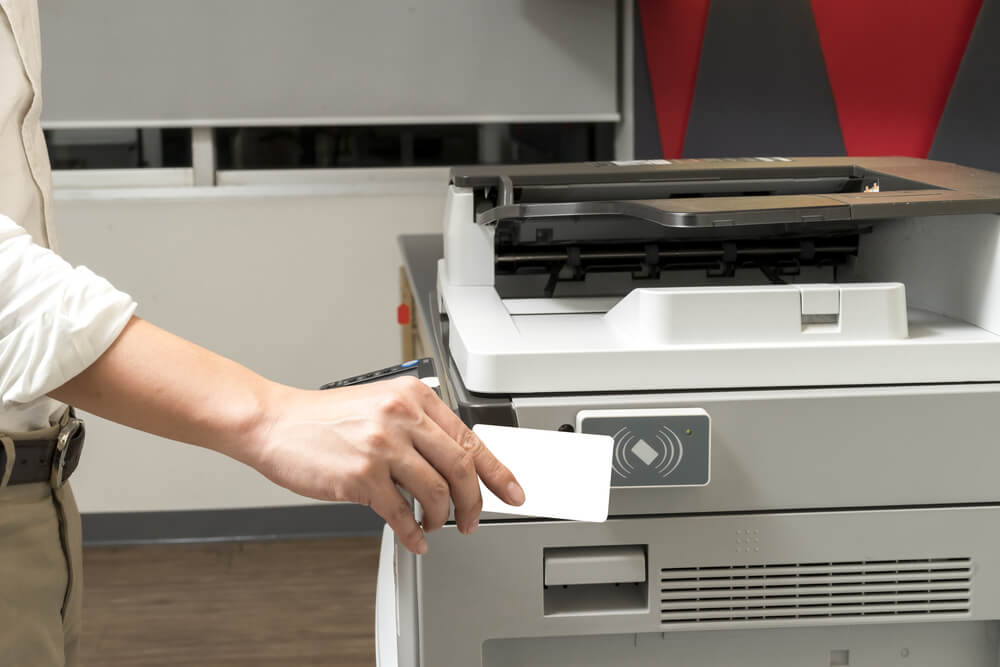
Keeping Your Network Secure in the Long Term
While the above covers some of the essential work to secure printers and keep a network safe, it is actually a look at getting started. You’ll also need policies and protocols in place for moving forward in your agency.
For example, you will need rules for personal printers. Staff may not consider purchasing their own device for the office to be a network printer security threat. It needs to be clear to employees that this is not allowed.
Your network printer security standards will need to grow as technology does. We can count on technology to continue changing, and so your policies and procedures must as well. Regular cyber security checks and meetings should occur to review these standards. These reviews must include printers.
For many offices, it will make sense to work with a network printer security specialist who is used to meeting the needs of a federal or state-run government office. Your needs are unique, and so you need an expert who knows how to keep information secure to the standards of your office. Are you ready to access the data security of government printers on your network? Schedule a free consultation meeting with our network printer security specialist today.

